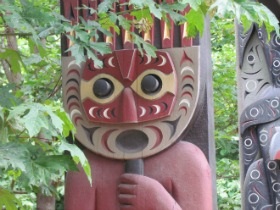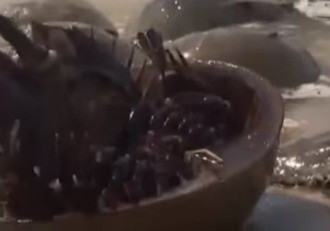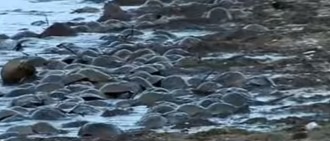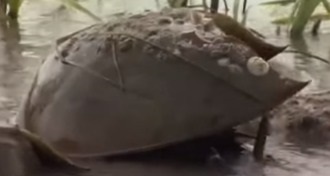Weird World
I hate to admit it…but I’m a bit of a procrastinator. When I have a deadline coming up I suddenly get the irresistible urge to alphabetize my spice jars or rotate the tires on my classic Radio Flyer.

That said, I’m reserving this space to share some of those intriguing topics. There’s no rhyme or reason for what is included here. It’s just kind of cool.
The Horseshoe Crab: Earthbound Alien?
When I was a kid I was fascinated with horseshoe crabs. They look so scary and otherworldly. In the great sci-fi movie, Alien, an extraterrestrial entity attaches itself to the face of an unfortunate human space traveler. The result gives new meaning to the term tummy troubles. That entity looks a little like a horseshoe crab without its shell.
Horseshoe crabs may appear menacing but they’re harmless to humans and actually pretty important to many other species. They’re sometimes called "living fossils. " That’s because they look much like their ancestors that lived as far back as 450 million years ago, long before dinosaurs existed.
These sea-dwelling critters belong to a huge group of animals called, arthropods. In spite of their name, they’re not crabs at all, and are related more closely to spiders and scorpions. They are in a small class of their own called Merostomata, which means "legs attached to the mouth.” Sounds uncomfortable but it seems to work for them. One variety is found in shallow waters along the Gulf and Atlantic coasts of North America.

It’s hard to pick the most amazing trait about horseshoe crabs but their eyes are certainly remarkable. They have ten of them! One pair is designed to help them find mates. They’re also able to see UV light, something we humans can’t do.
Speaking of mates, one of nature’s most amazing sights takes place during nesting season when hundreds, in some places thousands, of horseshoe crabs gather in shallow water to mate. A female can lay as many as 90,000 eggs in the sand along the shoreline. That sounds the dinner bell for many different species that gobble up the eggs, which are a critical food source for turtles, fish and shorebirds. It’s estimated that only about ten of those eggs will ever grow up to be adults.
Horseshoe crabs are important to humans, too, and are responsible for saving human lives. They have a special kind of blue, 
There are a lot of reasons why we owe the horseshoe crab some respect. Sadly, their numbers are declining in much of their range. One reason is because of human activity that is polluting or changing our shorelines. Let’s hope that there is something we can do to help them and that this odd little Earthbound alien who survived the demise of the dinosaurs will always be part of our planet’s circle of life.
FUN FACT: The horseshoe crab is closely related to an extinct group of arthropods called Eurypterids. That group includes the largest arthropods that have ever lived which grew to more than 8 feet long. What would that look like? Imagine hiking through the woods and coming face to face with a centipede nearly the length of a pool table.
Check out these videos to learn more about Horseshoe crabs


